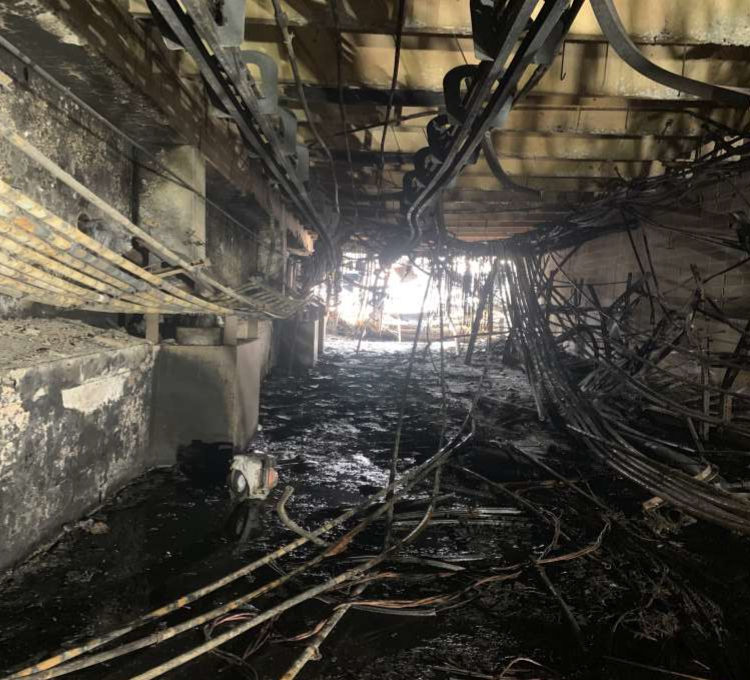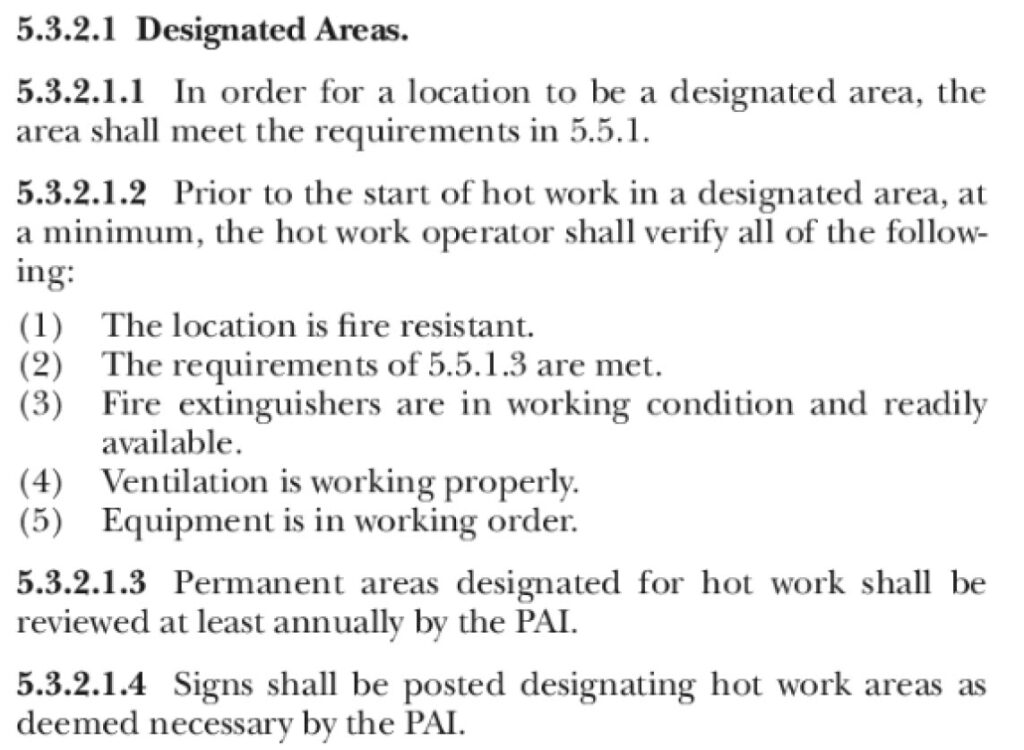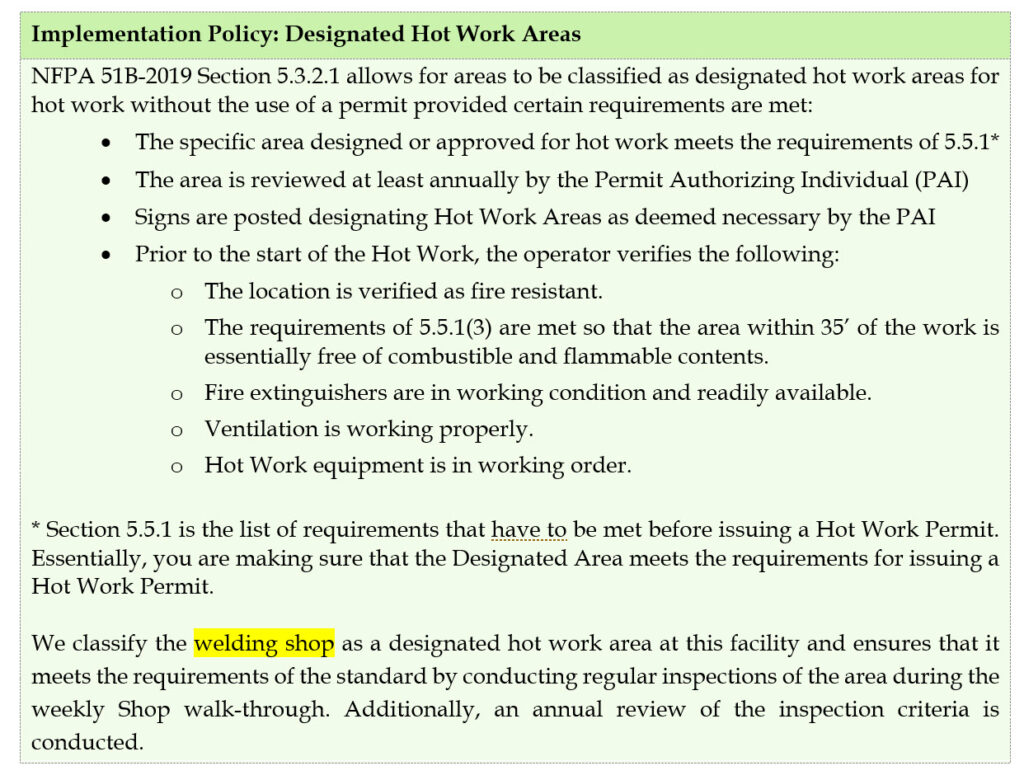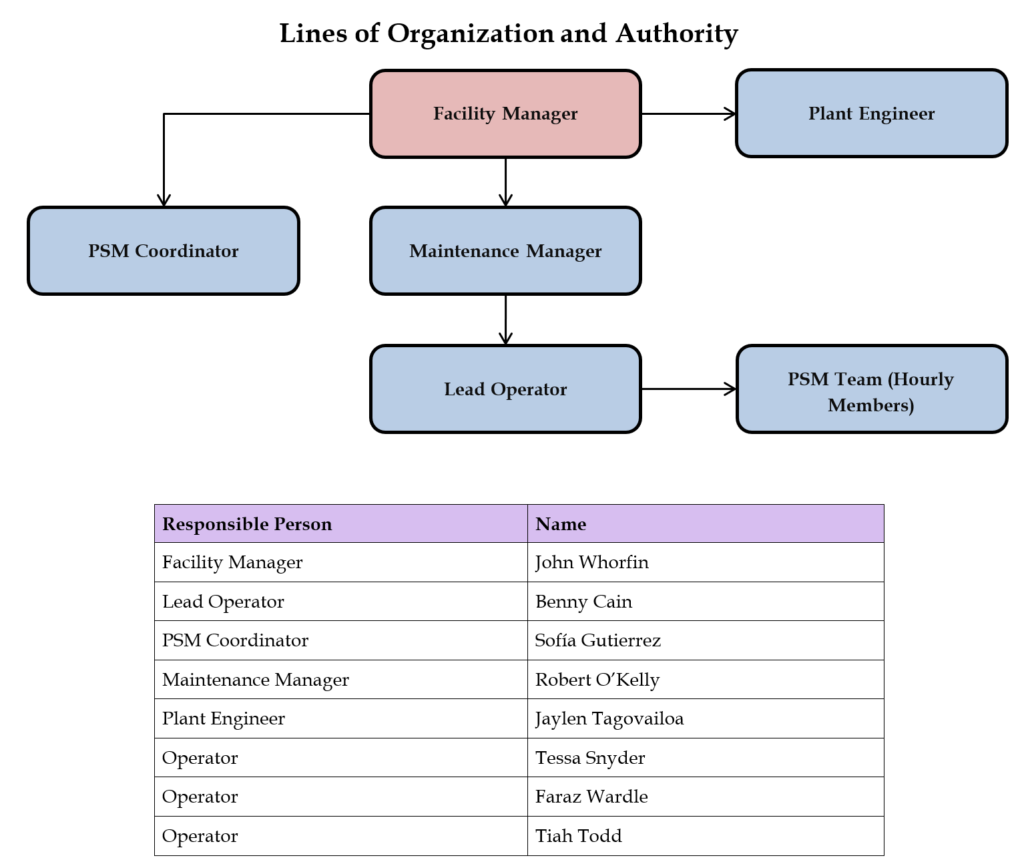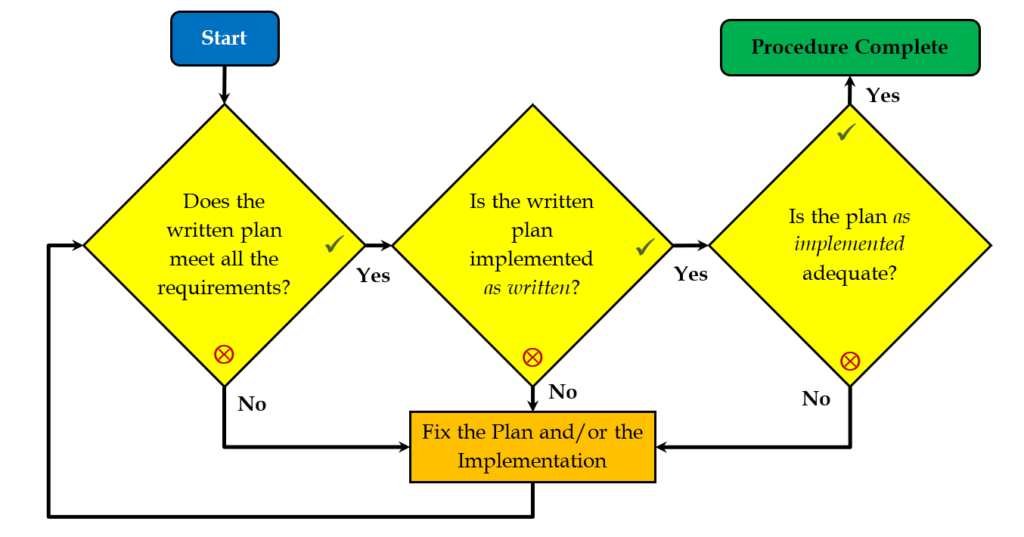
The story so far…
Dec 2016: Outgoing Obama EPA releases changes to the RMP rule on the way out the door.
Apr 2017: Incoming Trump EPA puts the RMP rule changes on hold.
Jun 2017: Trump EPA further delays the RMP rule changes.
May 2018: Trump EPA proposes new RMP rule changes, reversing Obama changes.
Aug 2018: DC District Court reverses Trump Rule and re-instates Obama rule essentially making it the existing rule with compliance dates in the past. Trump EPA is basically told that it can change the rules, but it needs to follow different procedures to do that. Trump admin appeals and the rule changes are put on hold.
Sep 2018: Trump admin loses appeals. Obama RMP rule changes are officially LIVE. Trump EPA announces that they will follow the different procedures and change the rule the right way. (Not-so-secretly, the entire EPA is told NOT to enforce the new rule, but out of an abundance of caution, most RMP adherents implement the changes anyway. After all, it IS the law.)
Dec 2019: Trump EPA officially posts the new rule and places it in the CFR making it LIVE on 12/19/19. (See links at the end of the post)
So, where do we stand now?
Ok, we’ve got a new RMP rule. It appears to have gone through the correct rulemaking process. It’s been published in the Federal Register making it the law of the land.
So, what do we do now?
Well, let’s be honest; the Trump administration IS GOING TO GET SUED over this. What happens then? Who knows!? If you follow the courts in modern America, you know there is very little that can be accurately forecasted.
What we do know is that we have a new rule. The new rule appears to have been done correctly with sound documentation as to the reasoning for the changes. In my opinion, the new rule will LIKELY hold up in court. Even if it doesn’t, it is highly unlikely the EPA could get away with fining / citing people for not following a court-reinstated rule under such a cloud of confusion.
In any case, the new rule is easier to follow and makes more sense than the Obama EPA rule changes did. It reverts the majority of the RMP rule to match the PSM rule where they SHARE jurisdiction. The only substantive changes are to the EPA-specific areas where the EPA alone holds jurisdiction.
Ok, so how do I comply with this new rule?
If you do use our template system, I’ve got some good news for you! This is where using a set of open-sourced, professionally curated templates really shines. ALMOST ALL THE WORK has been done FOR YOU!
- To improve your understanding of the new rule, read how we changed the program to meet the new requirements. This will help you to train your colleagues on them.
- Replace existing copies of the affected Written Plans / Forms, taking a moment to look at the changes between the older versions and the new ones.
- Implement new EAP-C form.
- Modify the MI-EL1 EAP/ERP line to reflect the new text.
- Train all Responsible Persons and affected management on the new policies.
Note: Estimated time for the above is about 2-4 hours depend on how well you know your PSM/RMP program.
On the other hand, If you don’t use our template system, you’re going to have to re-create the work I’ve already done:
- Skip to the end of this article to get the links to the new information.
- Read the 83-page Federal Register notice and make a series of notes about the new requirements. You can probably skip the 109 footnotes for now.
- Compare those new requirements to the version of the RMP rule your program is CURRENLY written to comply with; whether that’s the pre-Obama, Obama, or Trump proposed version.
- Starting at the beginning of your program, read through each of your Element Written Plans and see what changes have to be made. Refer to your notes from the first step. (You may wish to read how we changed our program to meet the new requirements)
- Update / alter your program to meet these new requirements.
- Train on these new changes
Note: Estimated time for the above is about 40-80 hours depend on how well you know your PSM/RMP program and the EPA RMP rule.
Template Program changes in detail
Please note, where not specifically shown below all affected Element Written Plans had their CFR section updated to the current 12/19/19 CFR.
| Element | What Changed | Changes to Program Templates |
| 01 – RMP |
|
|
| 02 – EP | N/A | None |
| 03 – PSI |
|
|
| 04 – PHA |
|
|
| 05 – SOP | N/A | None |
| 06 – OT |
|
|
| 07 – CQ | N/A | None |
| 08 – MI | No changes to RMP requirements |
|
| 09 – HW | N/A | None |
| 10 – MOC / PSSR | No changes to RMP requirements |
|
| 11 – II |
|
|
| 12 – EPR |
|
|
| 13 – CA |
|
|
| 14 – TS |
|
|
Item-by-Item changes:
- Reference\EPA Reference\ has been updated with a PDF of the Register Notice.
- Reference\CFR – Text of Federal Rules\ has been updated with a complete and formatted CFR reflecting the new changes.
- The various element affected template directories have been updated with Element Written Plans that incorporate the new CFR text AND modified policies to comply with the rule changes
- 01 – EPA RMP
- Element Written Plan – REPLACE
- 03 – Process Safety Information
- Element Written Plan – REPLACE
- 04 – Process Hazard Analysis
- Element Written Plan – REPLACE
- PHA Worksheet Template – REPLACE
- 06 – Operator Training
- Element Written Plan – REPLACE
- 08 – Mechanical Integrity
- MI-EL1 Form updated. You may just wish to modify the EAP/ERP line to reflect the new text rather than re-create the form.
- 10 – Management of Change and PSSR
- Element Written Plan – REPLACE
- 11 – Incident Investigation
- Element Written Plan – REPLACE
- 12 – Emergency Planning and Response
- Element Written Plan – REPLACE
- NEW Form EAP-C – Implement
- 13 – Compliance Audits
- Element Written Plan – REPLACE
- Optional Combined PSM RMP Compliance Self-Audit Checklist – REPLACE
- 14 – Trade Secrets
- Element Written Plan – REPLACE
- 01 – EPA RMP
EPA links for new information:
- Updated CFR (aka “law”) from eCFR: link (37 Pages)
- Federal Register Notice including reasoning for changes: link (83 Pages)




